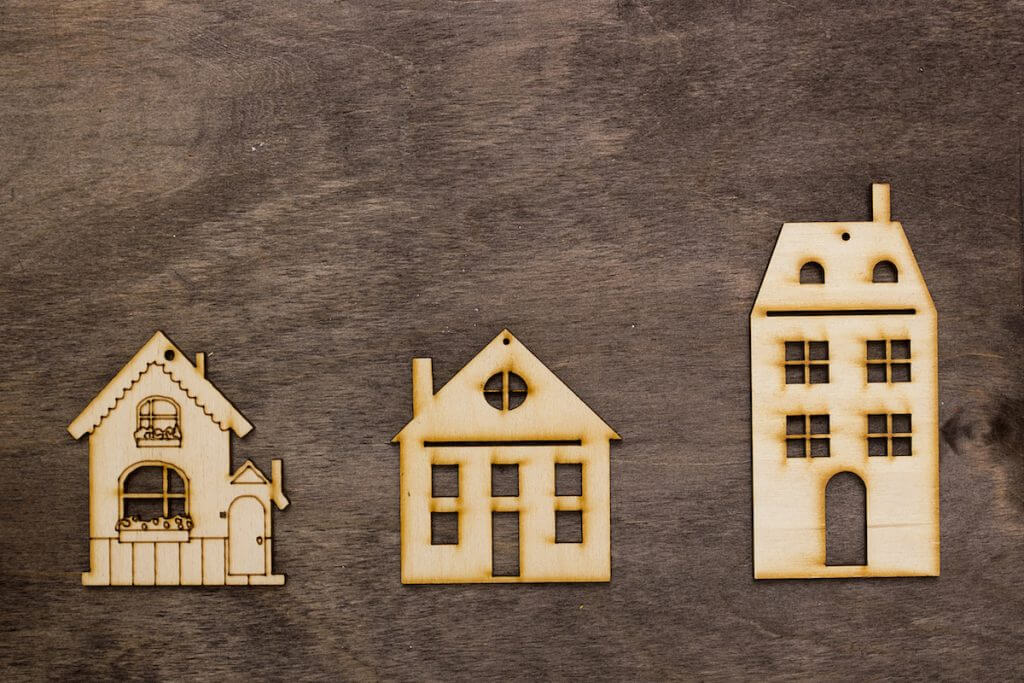To Right size your home is the concept of adjusting your home to your new lifestyle. In some cases, this may mean a smaller home. In other cases, this means a bigger home (in terms of living space) with less bedrooms – but more room for entertaining guests.
Right size is not the same as downsizing. Downsizing is when you move into a smaller space for the sake of a smaller place because your children are gone. This is not always a great idea for some couples. Sure, you may not need 4 bedrooms anymore, but maybe you need a spare room for guests plus a very large kitchen + outdoor living.
Right sizing allows you to decide what type of home is best for you. What type of lifestyle you want moving forward? Have you thought about the future?
A huge home probably made sense when you had children and all their belongings. It might not make sense with just you and your spouse. Or maybe it does, but do you want to be the one cleaning up a large space anymore? Not only that, a huge empty home that you have to constantly taking care of (inside as well as outside), might not be what you need anymore.
If you are thinking about right sizing, it’s time for you to be honest with yourself. What do you want to do? Are you planning on leaving the country for 6 months? Do you want to have grandchildren over all the time? Do you see anyone of your children moving back in with you? There are a lot of variables to think about, before selling your current home.
What are you to do in order to get started?
-
Analyze Your Existing Space
The first step in identifying rightsize solutions is to assess your home and identify your priorities. Ask yourself these questions:
- Are you using all of the rooms in your house? Or do you use some rooms just on special occasions or for storage only?
• Do you use any rooms just as a walk-through to other parts of the house?
• Do routine activities seem inconvenient in your home’s current layout?
• How often do you have overnight guests? - Go through the house and think about what you need, not what someone else told you the room was designated for.
If at the end of the analysis you feel your house is too big you can now explore your options. However, if you feel your house is the perfect size… no need to continue reading.
2. Explore Your Options
It’s time to re-educate yourself to think how things could be different, not how people have told you it should be. If you never use the dining room table and it just collects dust, change it. Do not have a dining room in your new home. You can change your life and the way your home functions now.
If you want to travel and you no longer want to deal with snow removal when you are gone. Or having a neighbour check in on your home it maybe time to move into something simpler like a condo.
This type of living takes the burden off of you. You can literally pack up. Turn off the water. Set the alarm and go.
3. Consider Future Uses
Ask yourself what you will need to live in your house now—and in the future. If you anticipate babysitting grandchildren once you retire, perhaps you’ll need to convert that dining room that you once wanted gone into a playroom.
Alternatively, if finances will be a concern, perhaps you should reconfigure your home to accommodate a future roommate.
Having an R2 home with a tenant in the basement could be great for you. It could provide extra money for you. If you want to travel they can watch over the house and possibly remove the snow.
4. Design for functionality
Ultimately, a home with rightsize solutions accommodates its inhabitants. You might find that moving into a smaller, one-level home is the best option if your current home has three flights of stairs and you suffer from rheumatoid arthritis. Or maybe you had a knee replacement and stairs during the winter time no longer agree with you. You no longer have to be in a home that does not work for you.
On the other hand, downsizing your home may not be a good decision as you grow older if you anticipate the need for a functional, multi-family dwelling in which you and your children—or even grandchildren, boarders or caregivers—all are housed under one roof.
In other words the right sized home is all about the quality—not quantity—of your dwellings.
Last but not least is the thought of assisted living devices.
Will you or your spouse need a wheelchair? A bath assistant? It’s ok to need or want those things or your home. But, if that is on your mind, downsizing might not be great for your situation.
No matter what your needs are, we are here and happy to help.
Gregg Bamford and Ryan Bamford





